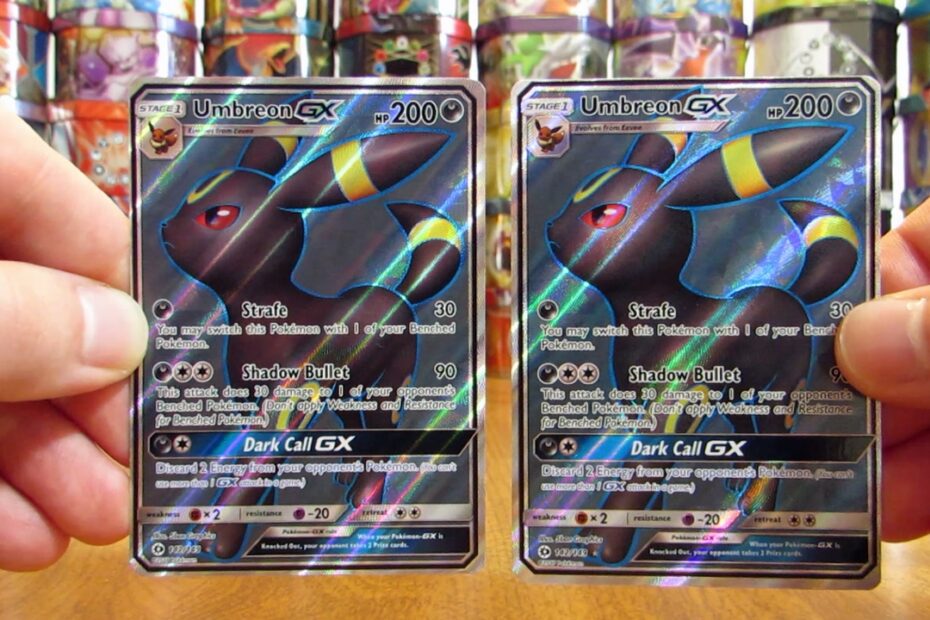The sun is said to be worth around $1.5 quadrillion dollars. This value comes from the fact that the sun provides free energy that can be used to power homes and businesses, and it also helps to keep our planet warm and habitable. While there are no definitive answers as to how much the sun is actually worth, this estimate provides a good starting point for understanding its value.
How Much is the Sun Worth?
The sun is said to be the most important thing in our solar system. It’s what makes life possible on Earth, and it’s also a pretty incredible source of energy.
So just how much is the sun worth?
Well, according to scientists, the sun contains around 3.6 x 10^26 joules of energy. That might not mean much to you, but let’s put it into perspective.
If we could harness just 0.01% of that energy, it would be enough to power the entire world for an entire year! And if we could harness 100% of it, we could power the world for almost two billion years!
Clearly, the sun is an incredibly valuable resource.
And while we may not be able to harness all of its power just yet, there’s no doubt that it holds tremendous potential for our future.
How Much is the Moon Worth
The Moon is worth a lot to humanity, but its actual value is difficult to determine. The Moon provides us with a place to study the universe and test technology in space. It also serves as a source of inspiration for art, literature, and music.
Its cultural value is immeasurable. In terms of its physical resources, the Moon is thought to contain water ice in its polar regions, which could be used for future space exploration. It also contains minerals such as titanium and helium-3, which could be used for energy production on Earth.
The Moon’s value will continue to increase as we learn more about it and find new ways to utilize its resources.
How Much is the Solar System Worth
The Solar System is worth an estimated $700 quintillion. This number was arrived at by a study done by the British Science Association, which calculated the value of all the planets and asteroids in our Solar System. The majority of this value comes from the Sun, which is worth an estimated $400 sextillion.
The next most valuable object in our Solar System is Jupiter, which is worth an estimated $50 sextillion.
How Much Does the Sun Cost on Sunday
Assuming you are asking about the cost of going to the sun on Sunday:
There is no cost to go to the sun on Sunday. However, if you are planning on taking a trip to the sun, you may want to consider the cost of your travel and accommodations.
Depending on your mode of transportation and where you plan on staying, the cost of a trip to the sun can range from affordable to very expensive.
If you are driving to the sun, you will need to factor in the cost of gas and possibly tolls. If you are flying, you will need to factor in airfare as well as any baggage fees that may apply.
Once you arrive at your destination, you will need somewhere to stay. If you are camping or staying in a hotel room, there will be different costs associated with each option.
The bottom line is that there is no set cost for going to the sun on Sunday – it all depends on how you choose to get there and where you plan on staying once you arrive.
With a little bit of planning, however, it is possible to find an option that fits both your budget and your needs.
How Much is the Milky Way Worth
The Milky Way is worth an estimated $100 to $400 billion. This valuation comes from the amount of heavy elements that are present in the Milky Way. These heavy elements were formed during the Big Bang and supernovas, and they are necessary for the formation of planets and life as we know it.
The value of the Milky Way also comes from its age and size. The Milky Way is one of the oldest galaxies in the Universe, and it is also one of the largest galaxies. It is thought that there are around 100 billion stars in the Milky way, and there may be even more planets than that.
How Much is Jupiter Worth
Jupiter is the fifth planet from the sun and is the largest in our solar system. It’s diameter is about 11 times that of Earth, and it has more than 300 times as much mass. Jupiter’s worthiness comes not only from its size but also from being the first of what are called the gas giants.
The composition of Jupiter is mostly hydrogen and helium, which gives it a very low density for its size. Jupiter’s gravity pulls in smaller objects near it, making it a “shield” for Earth against things like comets. All these factors make Jupiter an extremely valuable planet, both scientifically and economically.

Credit: hollywoodlife.com
What is the Value of the Sun?
The Sun is the star at the center of the solar system. It is the Earth’s primary source of light and heat, and drives the Earth’s climate and weather. The Sun is a medium-sized star and is about halfway through its life.
It has enough mass to maintain nuclear fusion in its core, producing energy that radiates into space as sunlight. The sun’s diameter is about 109 times that of Earth, and its mass is about 333,000 times that of Earth. About three quarters of the Sun’s mass consists of hydrogen; almost all of the rest is helium, with much smaller quantities of heavier elements such as oxygen, carbon, neon, and iron.
The value of the sun can be estimated in terms of its utility to humanity. The sun provides warmth and light essential for human life and growth; it also powers nearly all forms of renewable energy used on earth including wind power, hydroelectricity, solar thermal, photovoltaics etc. The direct use of sunlight (as opposed to indirect uses such as solar powered electricity) accounts for less than 1% global energy consumption but this number is growing rapidly as more efficient solar technology becomes available.
Is It Possible to Buy the Sun?
No, you cannot buy the sun. It is not for sale.
How Much is the Universe Worth?
The universe is an estimated $93.8 billion trillion in value, according to a new study. The research, published in the journal Nature Astronomy, used data from the Planck satellite to come up with the figure.
This isn’t the first time that scientists have attempted to put a price tag on the cosmos.
In 2013, another group of researchers calculated that all of the stars in the observable universe were worth around $768 billion trillion. And in 2011, one scientist estimated that all of the atoms in the universe were worth around $10 sextillion (that’s a 1 followed by 23 zeroes).
Of course, these are just estimates and it’s impossible to really know how much everything is worth.
But it’s still fun to try!
How Much is the Earth Worth?
The monetary value of the Earth has been estimated by various people and organizations over the years. In 2011, an article in The Economist valued the Earth at $5 quadrillion – that’s $5,000,000,000,000,000! More recently, in 2014, a study by NASA estimated the value of all the minerals on Earth’s surface to be around $700 quintillion – that’s $700,000,000,000,000,000!
And according to a report from Deutsche Bank AG in 2012, they put the value of all natural resources on Earth at a staggering $30 trillion. So how do we reconcile these huge differences? Well it turns out that valuing the Earth is not an exact science…
When it comes down to putting a price tag on our planet there are two main ways to approach it. The first is what’s known as the ‘earth rental value’ or ERV. This looks at how much it would cost to replace all of the earth’s resources if they were used up.
How Much Is an Hour of Sunlight Worth?
Conclusion
In his blog post, “How Much is the Sun Worth?”, writer and economist Tyler Cowen tries to answer the question of how much money the sun is worth. He begins by discussing how the sun provides us with light and heat, which are essential for life on Earth. He then goes on to discuss how the sun also provides us with energy that we can use to power our homes and businesses.
Cowen estimates that the sun is worth at least $1 trillion per year, and he believes that this number will only increase as we find new ways to harness its power.
- Why Ease of Use is Crucial in Trucking Dispatch Software - September 22, 2024
- Better Communication With Dispatchers: How Trucking Dispatch Software Can Optimize Operations - September 7, 2024
- Maximizing Efficiency: The Importance of Accurate Location Tracking for Trucking Operations - August 23, 2024

